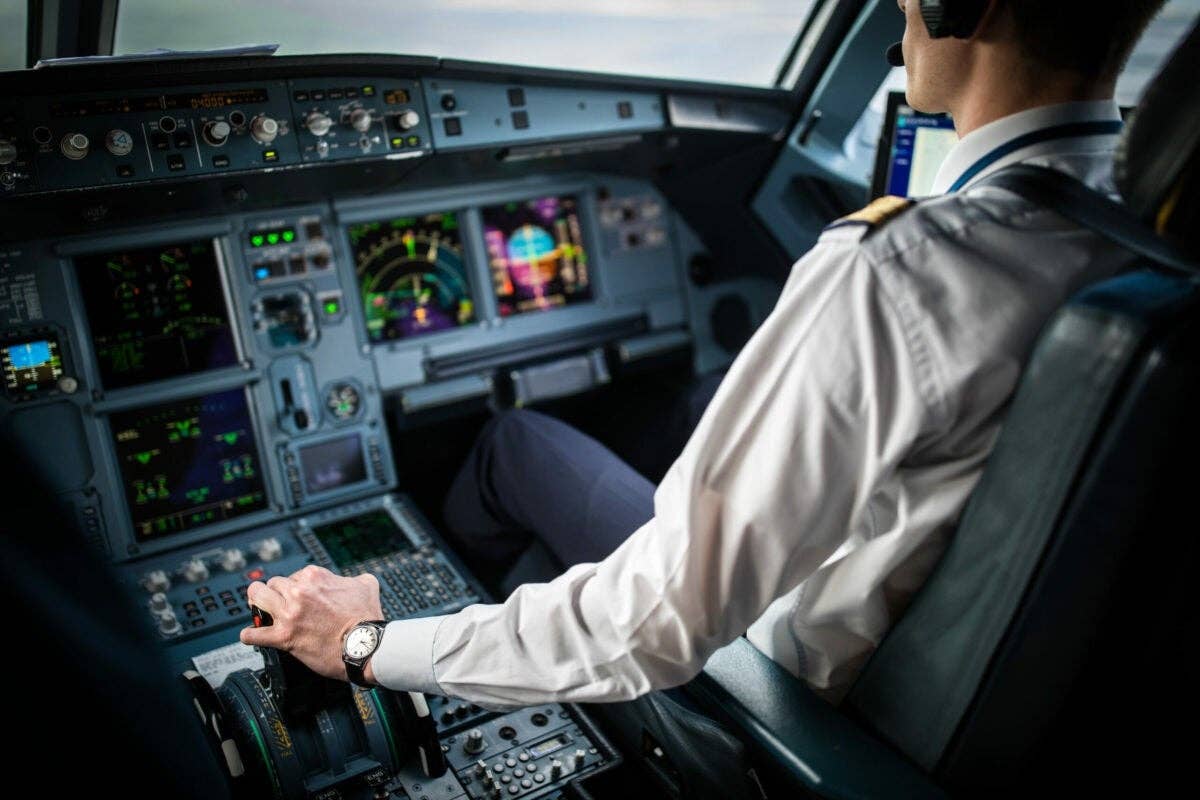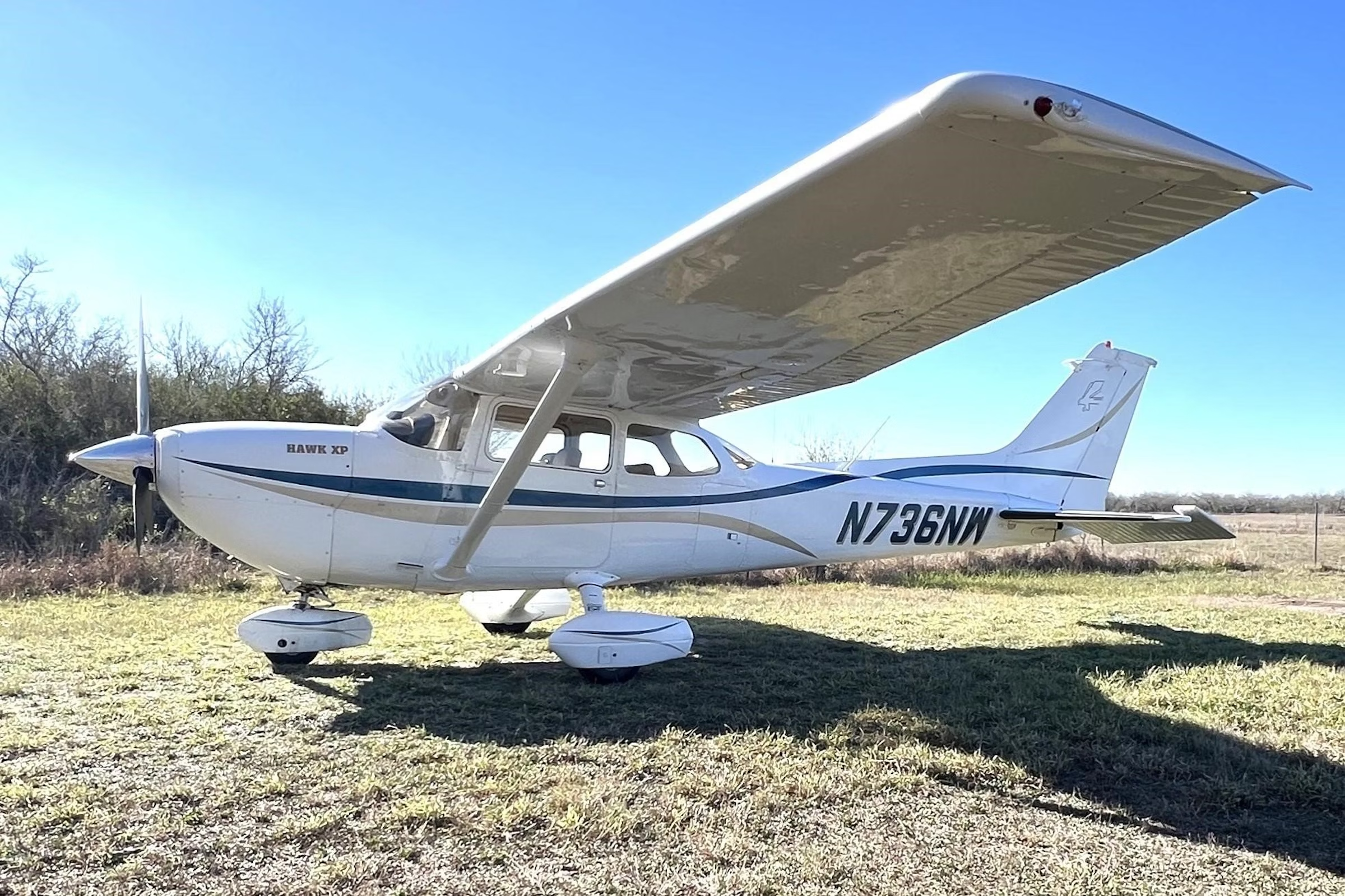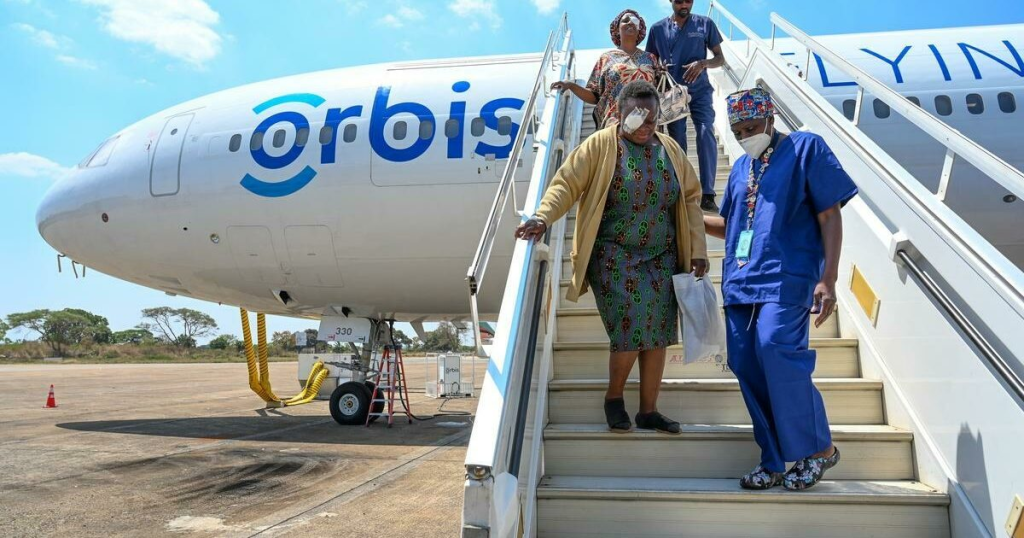There’s an Art to Flying Long Haul
Here’s what pilots do to handle and recover from lengthy flights.

[Credit: Shutterstock]
Flying long haul is a dream for many new pilots with their eyes set on the airlines. Pilots get to fly big planes over long distances and spend time in exciting destinations around the world.
However, the logistics of operating a long-haul flight are unique and bring distinct challenges. Most notably, pilots—and flight attendants—must still adhere to crew rest requirements even while they’re still on the airplane.
How Pilots Rest Midflight
Modern widebody airliners come equipped with crew rest areas tucked away into nooks and crannies. These areas are usually invisible to the untrained eye and give crews a remarkable amount of room to spread out and relax.
While pilots typically take their rest in the front of the aircraft near the cockpit, flight attendants have their own dedicated rest area near the back. These rest areas tend to be larger since long-haul aircraft carry more flight attendants than pilots.
Aircraft still require two qualified pilots up front even when one crewmember needs rest, so airlines staff long-haul flights with more pilots than they need at one given time. This allows some pilots to rest while others are flying.
- READ MORE: World’s Most Unusual Pilot Jobs
Typically, flights bring one additional pilot (typically a relief first officer) for relatively short long-haul flights. However, longer trips require a complete backup crew—both a relief captain and relief first officer—that can take over when the primary crew needs rest. This allows crews to take as many as eight hours of consecutive rest on the longest trips to ensure they are sharp and prepared when they are up front to fly.
Each airline handles crew rest a little differently, though typically the main crew handles critical phases of flight, such as takeoff and landing, and rests while the relief crew handles the en route phase. Thus, the pilots handling the trickiest phases of flight are always coming off a prolonged rest period so they can be at the top of their game.
Preshift Rest
After a given flight, pilots must also have a certain amount of rest before they show up to work again to fly home.
Though exact regulations have a number of stipulations, long trips usually require 10 or more consecutive hours of rest before crews can be back at the airport. This often allows pilots to spend a prolonged period of time in foreign countries, as companies will give additional time for the pilots to adjust to new sleep schedules. Thus, crews can be as rested as possible by the time they need to fly again, ensuring the safety of each flight.
Long-haul pilots also tend to have additional rest once they return stateside due to the exceptional stressors of working on varying sleep schedules. This additional rest protects pilots over time to ensure their prolonged health and safety.
Monitoring Crew Rest
Airlines must closely monitor how much rest their pilots get to ensure not only that the minimum legal requirements are met but also that their crews are operating safely and proficiently.
Even if the legal rest requirements are met, it may not be worth flying if pilots are not fresh and ready to go. In fact, pilots are required to sign a document before a trip testifying that they are rested and ready to perform their duties.
- READ MORE: Highest Paying Jobs in Aviation
Pilots always have the option to opt out of a trip if too fatigued. This is an additional safety measure that allows pilots to identify significant risks associated with insufficient rest without worrying about repercussions from their company.
All these rules and protections ultimately serve to make flight operations safer for passengers, crews, and other aircraft. Making certain a flight is stocked with multiple proficient, current, rested pilots ensures a positive outcome of each flight no matter if the flight is routine or out of the ordinary.
Crew rest is a critical component of flight safety and will continue to have important impacts on how airlines operate flights.
Best Selling Aviation Headsets
Read the reviews on FLYING magazine:

Sign-up for newsletters & special offers!
Get the latest FLYING stories & special offers delivered directly to your inbox






